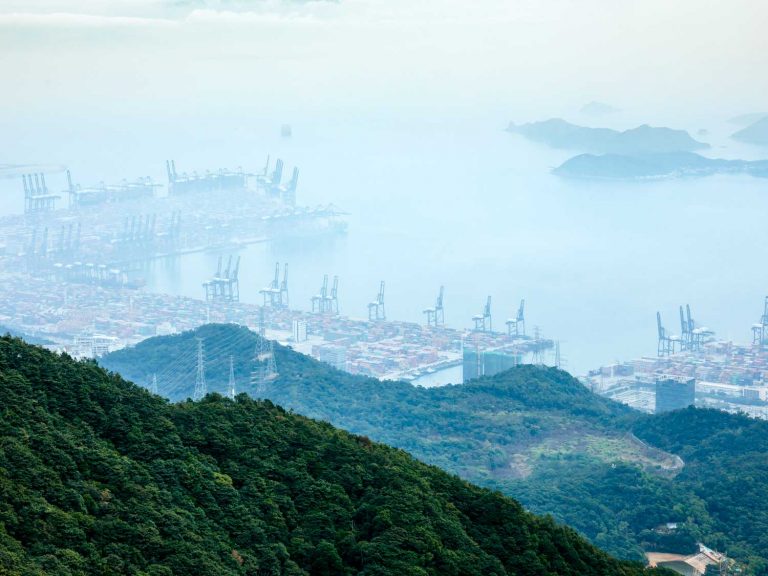
Date:
Container carriers may impose massive blanking programme
With 2024 just weeks away, scheduled container shipping capacity post-Golden Week on both the trans-Pacific and Asia to North Europe trade-lanes is up massively. Over 30% to the USEC and over 10% to Europe, raising fears of a massive blank sailing program between now and the end of the year.
Just a year ago container shipping lines were awarding huge bonuses, some equivalent to more than a year’s pay and today the bottom has fallen out of the carriers’ bottom-line, while they battle uncertain demand and rampant overcapacity.
With rates well off their 2022 peak and now absorbing massive increases in new-build capacity, many shipping lines are facing losses for the first time in years, with some having recorded record profits in the same quarter last year.
The container shipping sector is in a new normal with subdued demand and prices back in line with historical levels, while facing inflationary pressure on costs and overcapacity in many regions.
And even with average operating margins for the leading container carriers falling to 1.5% in the third quarter and a vessel order-book of almost 8 Mteu, some are still negotiating further new vessels, though this may be to fill specific tonnage needs and continue the fuel transition toward LNG, methanol and even ammonia.
With these levels of capacity growth, and absent any real demand growth, the carriers have two fundamental choices.
Either implement a massive blank sailings program between now and the end of the year, which will reduce capacity, but will create massive disruption for unprepared shippers, as it will leave them scrambling to find scarce capacity.
Or, the shipping lines simply ride the market and accept the likely downward pressure on freight rates into the new year, with the hope of recouping losses during Chinese New Year.
Given the pressure already on carriers’ bottom line, analysts believe that the implementation of blank sailings is more consistent and tied to the pulse of what they see in the markets.
They suggest that carriers will see blanked sailings as the short-term answer, cutting ships from loops wherever they can. Lay-ups and period charter negotiations will be next, as they seek to absorb so many new ships, as scrapping older tonnage cannot offset the new capacity.
Going into 2024, the shipping industry will continue to grapple with reduced demand and oversupply, potentially leading to fierce competition, possible mergers and acquisitions.
Although container schedule reliability is improving, persistent challenges remain and blank sailings will negatively impact schedules, while imbalanced container availability, driven by economic crises, may continue in certain regions.
Container carriers are forecast to report a combined loss of $15bn in 2024 and it may not be until 2026 that fleet and demand growth will be in sync.
With the likelihood of significant blanked sailings and service suspensions at a high level, providing us with your shipment forecasts will help us secure the capacity you need at the best rates.
Whatever the market challenges, our sea freight team keep your cargo moving, finding capacity and alternative services in the event of unforeseen blankings.
If you have any questions or concerns about your Asia supply chain or the developments outlined here, please EMAIL our Chief Commercial Officer, Andy Smith.
